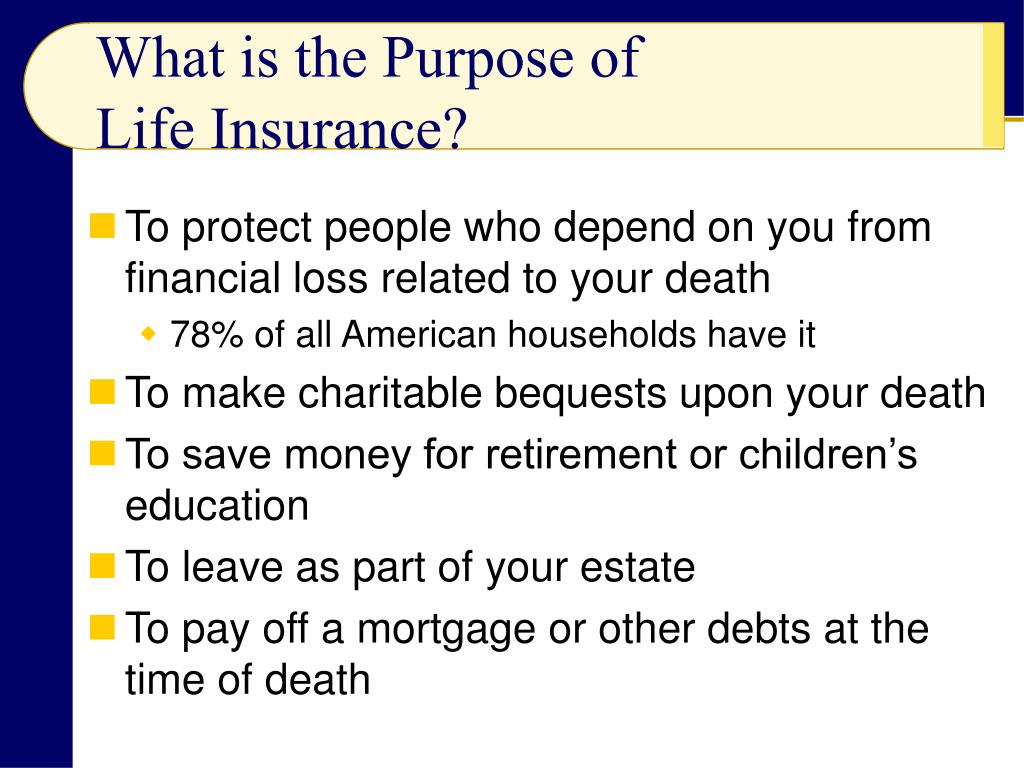How Pacific Prime can Save You Time, Stress, and Money.
Wiki Article
Getting The Pacific Prime To Work
Table of ContentsSome Known Facts About Pacific Prime.8 Simple Techniques For Pacific PrimeThe Basic Principles Of Pacific Prime The smart Trick of Pacific Prime That Nobody is Talking AboutThe Only Guide for Pacific Prime

This is due to the fact that the information were accumulated for a period of solid financial performance. Of the approximated 42 million people that were without insurance, all yet concerning 420,000 (about 1 percent) were under 65 years of age, the age at which most Americans end up being qualified for Medicare; 32 million were grownups between ages 18 and 65, around 19 percent of all adults in this age group; and 10 million were youngsters under 18 years old, concerning 13.9 percent of all children (Mills, 2000).
These price quotes of the variety of persons uninsured are produced from the yearly March Supplement to the Existing Population Survey (CPS), carried out by the Census Bureau. Unless otherwise noted, nationwide estimates of individuals without health and wellness insurance policy and percentages of the populace with different sort of protection are based upon the CPS, one of the most commonly used source of price quotes of insurance coverage and uninsurance prices.
Some Known Facts About Pacific Prime.

Still, the CPS is particularly useful because it generates yearly estimates relatively promptly, reporting the previous year's insurance policy coverage estimates each September, and due to the fact that it is the basis for a consistent set of price quotes for more than two decades, permitting evaluation of trends in coverage in time. For these factors, along with the extensive use of the CPS in other studies of insurance coverage that exist in this report, we count on CPS estimates, with restrictions noted.

The price quote of the variety of uninsured individuals expands when a population's insurance status is tracked for numerous years. Over a three-year period beginning early in 1993, 72 million individuals, 29 percent of the U.S. https://pastebin.com/u/pacificpr1me. population, lacked insurance coverage for at least one month. Within a single year (1994 ), 53 million people experienced a minimum of a month without insurance coverage (Bennefield, 1998a)
Six out of every 10 without insurance adults are themselves used. Although working does enhance the possibility that a person and one's relative will have insurance, it is not a warranty. Even members of family members with two permanent breadwinner have practically a one-in-ten possibility of being uninsured (9.1 percent uninsured price) (Hoffman and Pohl, 2000).
Fascination About Pacific Prime
New immigrants account for a significant proportion of people without medical insurance. One analysis has associated a substantial part of the current growth in the dimension of the united state without insurance population to immigrants who showed up in the nation in between 1994 and 1998 (Camarota and Edwards, 2000). Recent immigrants (those who concerned the United States within the past 4 years) do have a high rate of being without insurance (46 percent), yet they and their youngsters make up just 6 percent of those without insurance policy nationally (Holahan et al., 2001).The connection between health and wellness insurance and access to care is well developed, as documented later on in this chapter. The relationship in between wellness insurance policy and health outcomes is neither straight nor simple, a considerable scientific and health solutions research literature links wellness insurance policy coverage to better access to care, much better quality, and enhanced personal and population health condition.
Levels of evaluation for analyzing the effects of uninsurance. It focuses particularly on those without any wellness insurance policy for any type of length of time.
Indicators on Pacific Prime You Need To Know
The issues faced by the underinsured are in some areas similar to those encountered by the uninsured, although they are usually much less moved here severe. Wellness insurance policy, nevertheless, is neither needed neither enough to acquire access to medical services. The independent and direct impact of health insurance policy coverage on access to health services is well developed.
Others will certainly get the health treatment they need also without health and wellness insurance, by paying for it out of pocket or seeking it from companies who supply care complimentary or at extremely subsidized rates. For still others, health insurance alone does not guarantee receipt of treatment as a result of various other nonfinancial obstacles, such as a lack of healthcare suppliers in their area, restricted access to transport, illiteracy, or etymological and social distinctions.
How Pacific Prime can Save You Time, Stress, and Money.
Formal research study about uninsured populaces in the United States dates to the late 1920s and early 1930s when the Committee on the Cost of Medical Treatment produced a collection of reports about financing physician office brows through and hospitalizations. This problem ended up being salient as the numbers of clinically indigent climbed during the Great Anxiety.Report this wiki page